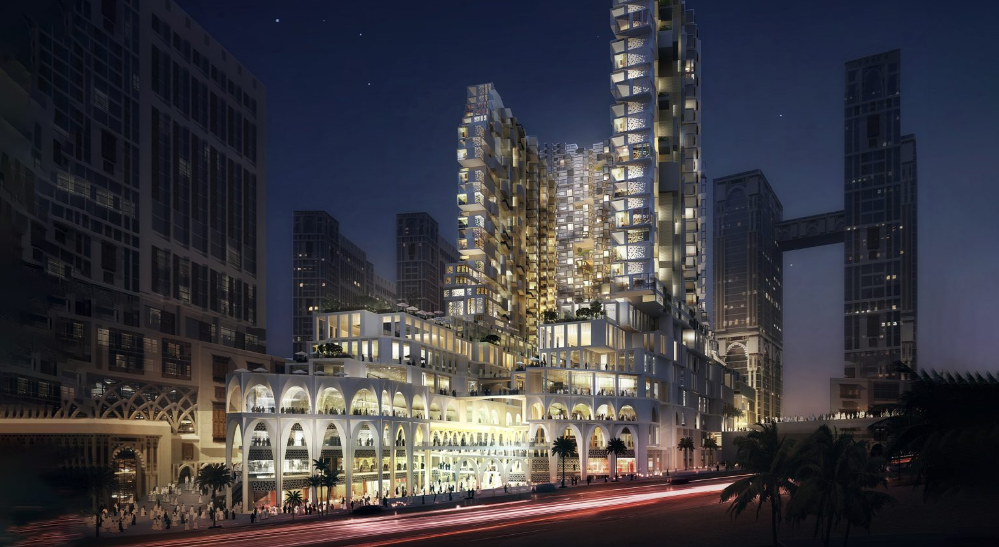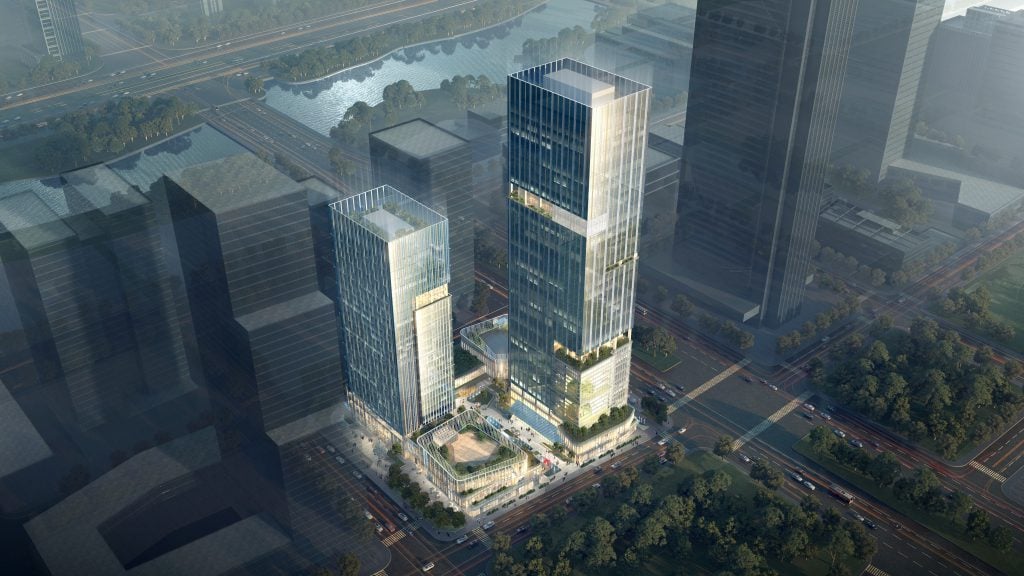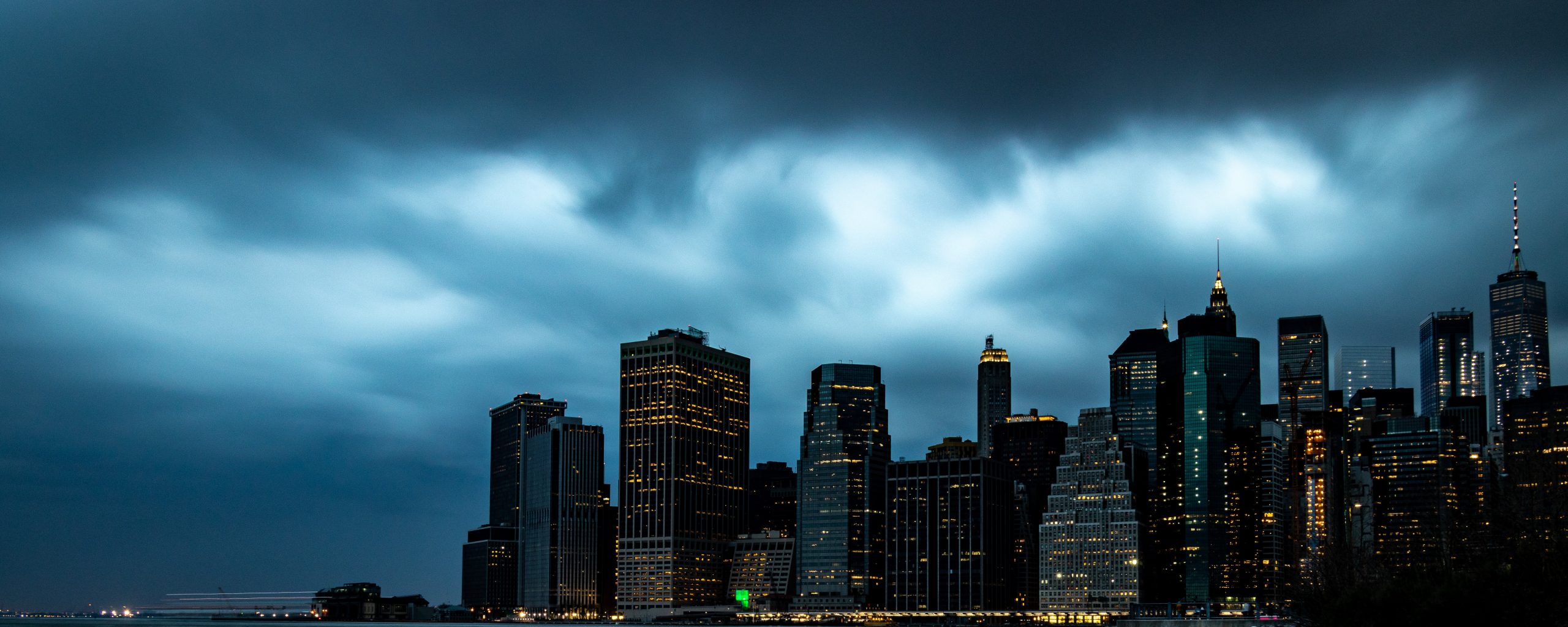According to a report by the UN, 68% of the world’s population is expected to be living in urban areas by 2050, thus it is no surprise that high-rise architecture is essential to support this ongoing urbanisation (1). As architects continue to meet demands, we take a look at what trends have arisen and are expected to continue in popularity in the near future.
Diversification of infrastructure
In a world recovering from a pandemic, we have seen many businesses end up closing and as such, these high-rise office buildings have needed to be repurposed. With that in mind, it has become an increasing trend amongst architects across the globe to design infrastructure that can meet a diverse range of needs. Additionally, pre-existing sites are now also being redesigned to fit this ideal. This trend is expected to exponentially extend the life cycle of the architecture, further fuelling the overarching movement seen towards sustainable design. Repurposed, adaptive reuse, and revitalised buildings are in demand, and as Tean Chee Ko, Design Director at RMJM RED explains:
“We see high performance buildings as being one that will perpetually be fit for use, buildings need to allow for flexibility. If the building can remain functional and utilised for its lifetime then its impact on the environment will inherently be diminished.”
Lifecycle and sustainability
This trend builds upon what has been outlined above. There are now more high-rises than ever before and as such the need for them to be energy-efficient and low-consumption has also risen. On principle, mixed-use high-rise locations reduce the strain on urban infrastructure, including roads, water supplies, sewage, etc. as the connectivity needs to be provided to only one location rather than multiple units that require public infrastructure connectivity.
Additionally, we are beginning to see the widespread implementation of water recycling systems, improved environmental filters and the incorporation of sustainable building materials, all of which encourages an expansion of the building’s lifecycle. However, one of the most prevalent sustainable features that has been seen is the flawless integration of harnessing solar energy- abundant for high-rises. Such technologies and benefits supporting this include concentrating solar power systems, passive heating and daylighting, photovoltaic systems, and solar processed heating and cooling (2).
As we go into 2023, we only expect to see the inclusion of such features to grow due to the evident numerous environmental and financial advantages for residential, commercial and mixed-use high-rises.
 7 Star Hotel and Serviced Apartments Complex, Makkah, Saudi Arabia
7 Star Hotel and Serviced Apartments Complex, Makkah, Saudi Arabia
Innovation in design and approach
Ongoing advancements in digital technologies and services are encouraging a growing application of them across all areas of the architectural process. As the BIM Manager at RMJM, Mohamed Salah, highlights in his recent interview:
“Contemporary AEC projects are moving away from purely aesthetic and ‘pretty’ designs to more performance-based ones. The advancements in BIM and GIS allows this to happen by optimising a strong foundation, and a fundamental framework that can support and advance AEC projects of all scales, sizes, and complexity.” (3)
The digitalisation of almost every aspect of the design phase is particularly essential to the development of high-rise architecture. Through tools like BIM, obstacles such as the isolation of information are removed, helping architects find the best solutions on a safer and larger scale than ever before based on definitive data analytics. It also ensures that clashes between the inputs of design disciplines are identified early on, providing the framework to move away from a fragmented and adversarial approach to construction.
This, combined with the advancement of robotics in construction has created a trend that is continually moving towards a process where contractors can revolutionise the high-rise game.
 Ningbo Deli Mixed Use Development, Ningbo, China
Ningbo Deli Mixed Use Development, Ningbo, China
‘Green’ spaces and urban biodiversity
Green pockets of landscaping placed strategically within and around high-rise architecture have been a growing trend for many reasons. First and foremost is for the environmental benefits it presents. The incorporation of urban biodiversity into the construction of high-rises supports flora and fauna as well as climate change and air quality. This is because high-rises absorb heat and restrict the flow of air through the city and along with high emissions of greenhouse gases, a microclimate is created in cities, making them hotter than surrounding rural areas. This combination is known as the Urban Heat Island Effect. Therefore, increasing green spaces in cities is an effective way to cool and clean air, combating the Urban Heat Island Effect.
One such example of the strategic placement of this design choice can be seen at RMJM’s Deli Tower Development in Ningbo, China. The high-rise is designed with indoor garden office space on the 6-10th floor that overlooks the central park to the southeast, as well as outdoor terraces, allowing for an extension of the green landscape (4).
Incorporating these green spaces also encourages occupants to access a variety of spaces to enhance their working day: they can enjoy views of the city from different heights and perspectives whilst the city’s population can have a greener built environment.


